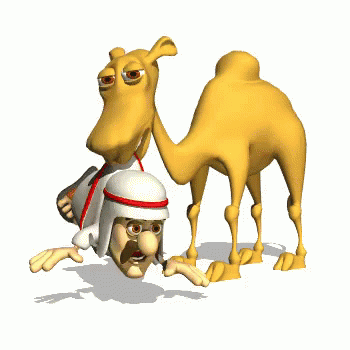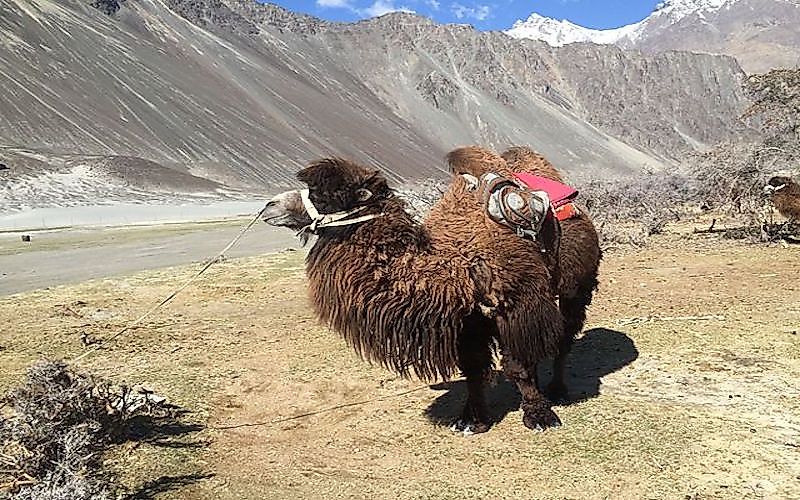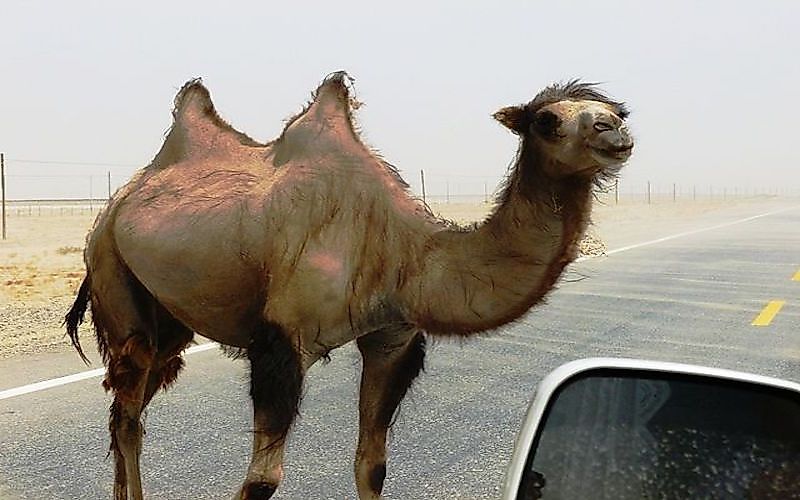Hello everybody,
Hope that you enjoy your confinement time, otherwise.... well :I
So apparently, someone has decided to declare a war with his dromedaries so I am here to remind you which side you should defend.
If you think that this article is weird, then I have a question for you (I’m sure it will be very easy !) :
How many humps does a camel have ?
It is much more beautiful than a dromedary, isn’t it ?
…
…
…
So ?
The answer is two !
I am suuuure you all remember this, of course !
So now that you have hesitated about 5 minutes to answer my question and almost insulted them by treating them of dromedaries, I am going to introduce our camels friends !

Camels are part of “Camelus” family. they provide food (milk and meat) and textiles (fiber and felt from hair). Camels are working animals especially suited to their desert habitat and are a vital means of transport for passengers and cargo.

Cutiie
Breaking news : Camels do not directly store water in their humps; they are reservoirs of fatty tissue!
When we think of camels, we think of Sahara desert and its sand dunes and its oasis. Camels are in fact automatically associated with desert, and they are considered as an important symbol by locals. But did you know that camels actually come from North America ?
We found bones of their ancestors in the state of Colorado ! How surprising they are !
Then, some individuals moved to Latin America (and became lamas), and some others to Asia, then to Middle East and then to Sahara. We can by the way find a species of camels in Mongolia for exemple !
=> so you can see the link with the english-speaking world in case you were wondering
Currently there is three amazing species of camels that live in the world : two domesticated ones and a wild one. The wild one, wild Bactrian camels, is on the verge of extinction. It comes from central Asia. Until recently, it was believed that wild Bactrian camels had descended from the domesticated species that became feral after escaping captivity. However, a more recent analysis of DNA of the two species suggests a divergence about 0.7 to 1.5 million years ago, much before domestication took place.

One of the domesticated species is Dromedary camel (half a traitor).This is the smallest of the three extant camel species. Males typically weigh about 400 to 600 kg while females weigh between 300 and 540 kg. Today, the domesticated dromedary camels mainly live in the semi-arid and arid habitats of Africa, Asia, and Australia. Australia has a significant feral population of this species. Africa hosts nearly 80% of the dromedary population of the world.
=> dromedaries are corrupted camels + they're weaker
The last one is Bactrian camel. It lives in the Central Asian steppes. The name of the species is derived from Bactria, a historical region in Central Asia. The Bactrian camel is the biggest animal in its native range. The largest living camel species, the Bactrian camel has a length of 220 to 350 cm from head to body, and a tail length of 35 to 55 cm. These camels weigh between 300 and 1,000 kg.


The poetic stuff about camels (especially for you Mrs C !) you should be on camels side hum hum
The camel symbol is associated with a long journey, recouping your own energy and finally the ability to survive life against the tough conditions in life. (how relevant an article on camels is in these times). The one who has a heart of camel is a traveler.
There even are some celebrations about them !
If you like them, SAY YES TO DROMEDAREXIT !
God save the camels.

Well, if this isn't a really special but also weirdly intersting article. Anyway, thanks for all the infos i learned a lot about dromedaries...
ReplyDeleteWell, to think I was so ignorant on this. Did I really need this? Definitely. I guess...
ReplyDeleteThe baby camel is soooooooo cute anyway I love your article, I’ve learned a lot about those animals thanks to you
ReplyDelete